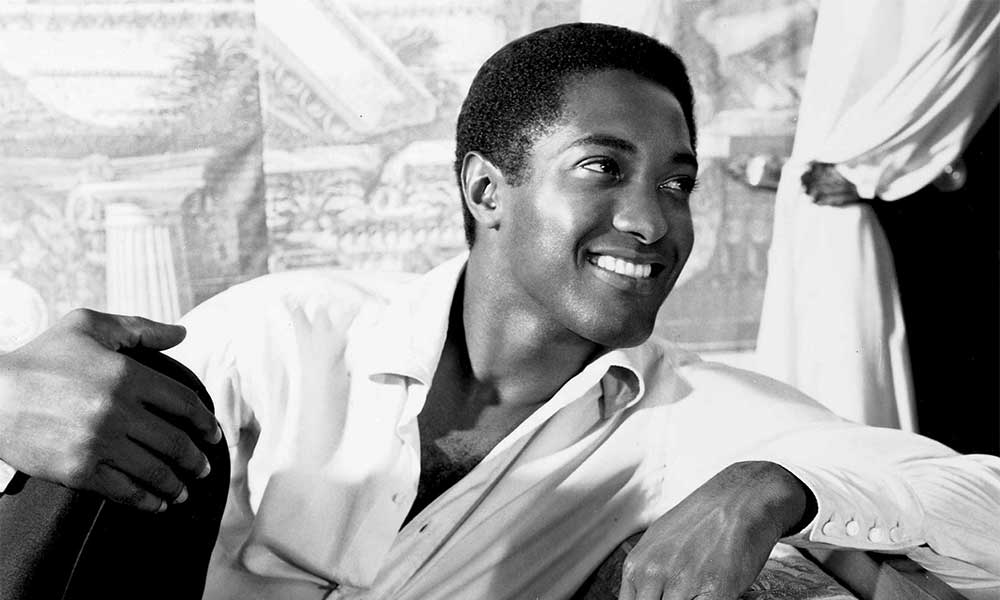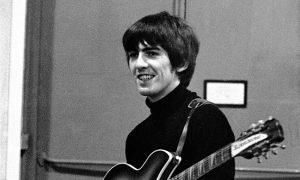‘Sam Cooke’s switch from gospel to secular music yielded a remarkable 20 songs that made the R&B Top 10, six of them No. 1s, in less than seven years. On September 16, 1964, he was releasing the follow-up to the latest of those chart-toppers, “Good Times,” which like many of his 45s, had a hit B-side in “Tennessee Waltz.” No one could have guessed that the new single would be the last of his lifetime.
The top side of the new release was the swinging “That’s Where It’s At,” penned by the great singer himself with regular co-writer J.W. Alexander. Cooke had recorded it a year earlier at RCA Studio in Los Angeles, and it was released on RCA Victor with the B-side “Cousin Of Mine.” The pairing again gave him a double chart presence.
Both sides of the single became Top 10 R&B hits, respectively reaching No.6 and No.8. “That’s Where It’s At” didn’t make much headway on the pop chart, reaching only No.93, but “Cousin Of Mine” managed a Top 40 ranking, at No.31. Yet it was “That’s Where It’s At” that went on to become the better-known staple of Cooke’s repertoire, helped in part by later covers by friends and collaborators such as Lou Rawls and Bobby Womack, among many others.
Listen to the Greatest Soul 45s playlist.
Cooke’s demise at the age of just 33, the following December, made this the last time he would see his name on the charts. But in January 1965, yet another double-sided hit provided one of his finest hours, sadly posthumously, when “Shake” was accompanied by the era-defining “A Change Is Gonna Come.”
“That’s Where It’s At” went on to attract covers by such fellow soul men as Johnnie Taylor, in 1968 and Lou Rawls with Ray Charles, in 1989. Van Morrison cut it as part of a medley with “So Quiet In Here” in 1994.
Buy or stream “That’s Where It’s At” on Portrait Of A Legend.




